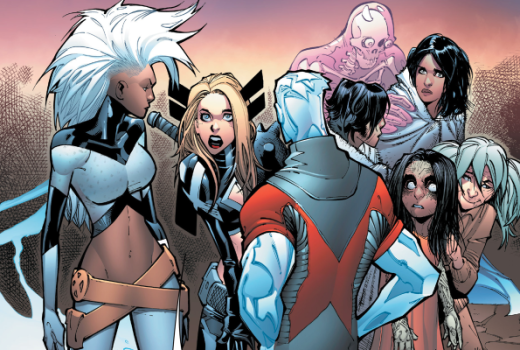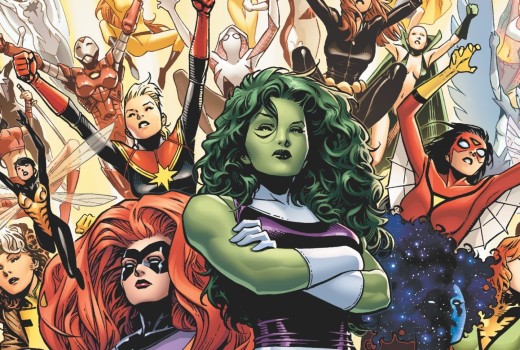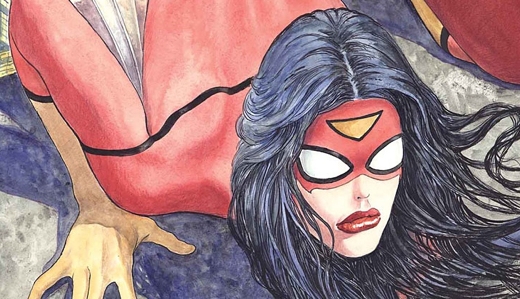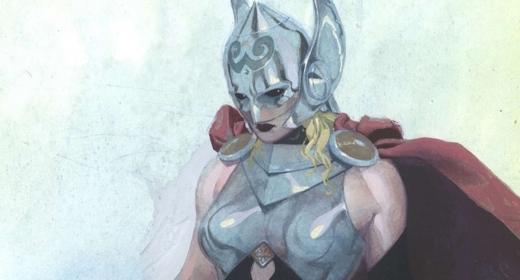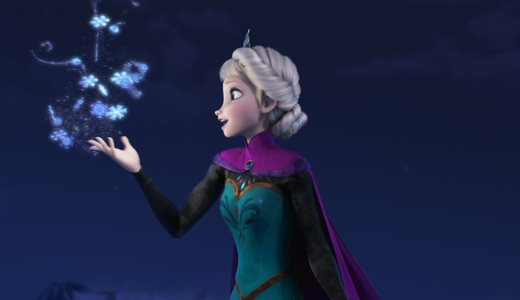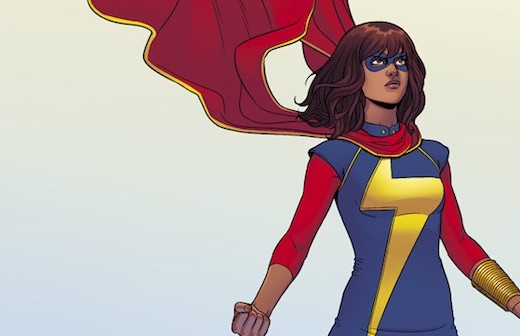For a franchise that’s meant to be at the heart of the Marvel universe, Marvel’s editors seem to spend a lot of time promising that the X-Men aren’t in danger of permanently disappearing. However you can see where people get that idea from reading Extraordinary X-Men #1, the mutant race’s first chapter in the All-New, All-Different Marvel relaunch. After surviving Secret Wars, the only thing in store for the X-Men appears to be further threats to their existence. No rest for the next step in human evolution, eh?
While Marvel cynics are likely to argue that this latest attempt to wipe out the mutant race is more to do with franchise movie rights than creative direction, the X-Men have been going through the proverbial ringer for quite a while now. Between the Scarlet Witch depowering millions of mutants on M-Day to the Death of Charles Xavier, the troubling return of the Phoenix and Cyclops becoming a terrorist revolutionary, the last ten years have seen mutants face more extinction threats than they’ve had hot dinners.
Moving forward to the present, the mutant race now find themselves at the peril of the Terrigen mists—a global gas cloud that bestows superpowers to those with the dormant Inhuman gene, as featured in All-New Inhumans. Although the Terrigen mists grant Inhumans powers, it is revealed in Extraordinary X-Men that the cloud is in fact poisoning and sterilising mutants as well as contributing to a condition dubbed ‘M-Pox’ by mankind, who are more terrified of mutants than ever. Sound familiar?
